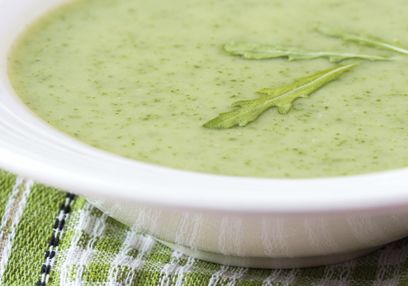A survey conducted by the American Podiatric Medical Association in 2014 concluded that approximately half of women wear high heels, and 71 per cent of those that do experience foot pain…
High heels restrict the foot in its normal movement and range of motion. Essentially, every time heels are worn, toes are both crushed and forced to withstand extra weight. Other major joints in the body including the ankle, knee, hips, and low back are also impacted.
Adverse effects of high heels
Heels can cause much damage to the body, from wreaking havoc on the feet themselves to causing permanent and degenerative changes in other areas of the body.
These adverse effects include:
- Stress fractures. The stress added to the bones of foot from wearing heels over a long period of time may be so great that they induce a fracture.
- Decreased lumbar lordosis curve. A literature review published by the Journal of Chiropractic Medicine on low back changes caused by high heels concluded that most studies have found either a decrease of the lumbar curve or no significant effect. Those who wear high heels may therefore be at risk for decreasing the curvature of their lower spine, which may lead to future structural problems in the body.
- Heels may accelerate osteoarthritic changes to joints that absorb the impact of wearing heels. A study on women who wear high heels found that increased force is applied to the patellofemoral joint and the medial (innermost) aspect of the knee, therefore predisposing the knee to degenerative changes.
- Ankle sprain. A sprained ankle is one of the most common consequences of wearing high heels. Heels change body mechanics and movement patterns, as well as impair balance, all of which can precipitate an ankle sprain.
- Leg swelling. A major consequence of wearing high heels over a long time is lower leg swelling. This in turn negatively impacts the lower extremities to drain lymph — the substance that carries waste products out of tissues.
- Plantar fasciitis. High heels may be a cause of plantar fasciitis, which is a painful condition where the fascia on the bottom of the foot becomes chronically inflamed.
- Bunions, corns, and calluses. While heels may not directly cause bunions, wearing them can accelerate bunion development. Likewise, high-heeled shoes are one of the worst offenders for corns and calluses, since high heels add abnormal pressure to the toes which is a risk factor for their development.
But… I love high heels, what can I do?
As with many other health issues, the best way to avoid the consequences of high-heel wearing is through prevention.
There are several ways that can lessen the pain and damage associated with high heels:
- Moderation. Reducing the amount of time or number of days of being in heels may help reduce your overall risk of injury to the foot.
- Avoid heels higher than 2 inches. The American Podiatric Medical Association recommends to wear heels no more than 2 inches in height. Heels above 2 inches can shift body weight and adds abnormal pressure to the metatarsal joints of the foot and other areas.
- Get symptomatic relief. Absolüt Arnica Gelcan help soothe muscle and joint inflammation associated with foot problems caused by high heels.
- Consider a wider toe. As elegant as stilettos may appear, it may be time to ditch them for a high heel that allows more room for the toes. Less pressure and friction to the toenails may help slow down some negative consequences from wearing heels, such as toenail deformities and fungal infections.
- Strengthening the muscles of the lower extremities can increase your balance, which can help avoid future ankle sprains. Additionally, any reduction in BMI achieved through exercise and healthy eating can also reduce the enormous pressure placed on the feet from high heels.
References
http://www.ncbi.nlm.nih.gov/pubmed/9593411
http://www.osteopathic.org/osteopathic-health/about-your-health/health-conditions-library/womens-health/Pages/high-heels.aspx
http://www.apma.org/Media/PRdetail.cfm?ItemNumber=13076
http://www.ncbi.nlm.nih.gov/pubmed/24704645
http://www.webmd.com/women/features/tips-to-avoid-foot-pain-from-high-heels
http://www.webmd.com/skin-problems-and-treatments/understanding-corns-calluses-prevention
http://www.webmd.boots.com/foot-care/corns-calluses-symptoms-diagnosis-treatment
https://www.aofas.org/footcaremd/how-to/footwear/Pages/Smart-Tips-for-Wearing-High-Heels.aspx
http://www.ncbi.nlm.nih.gov/pubmed/9593411






